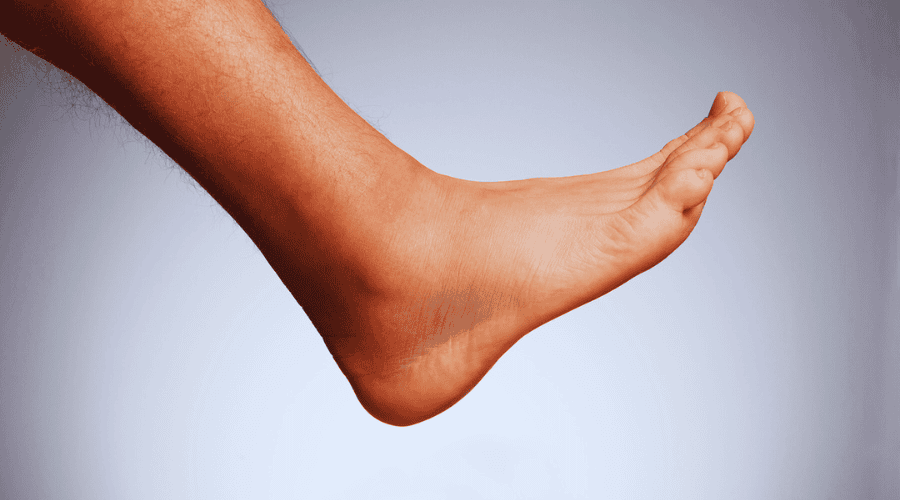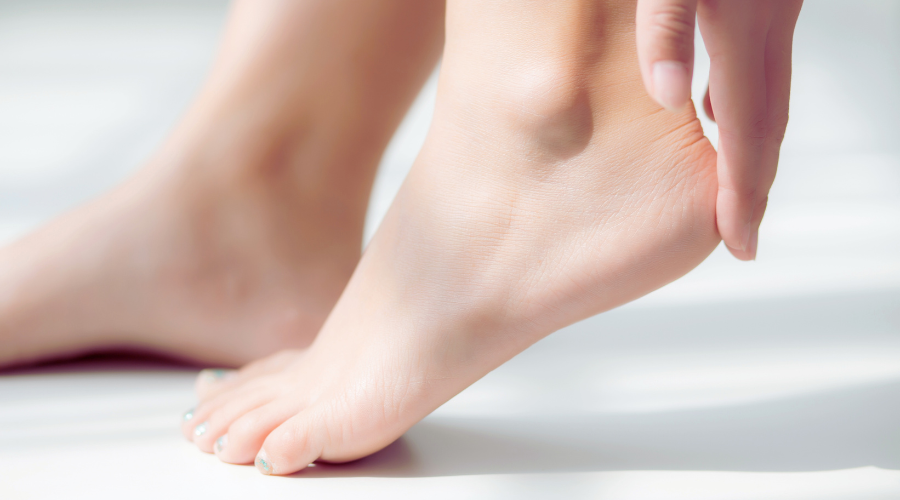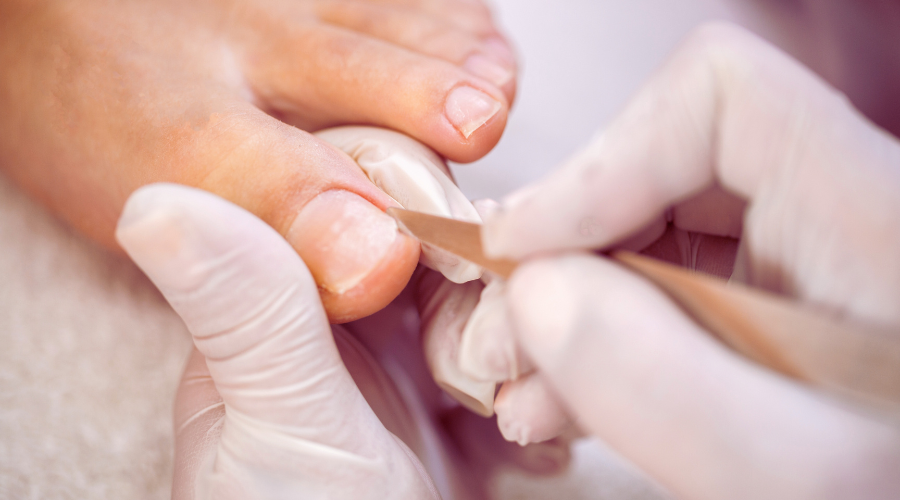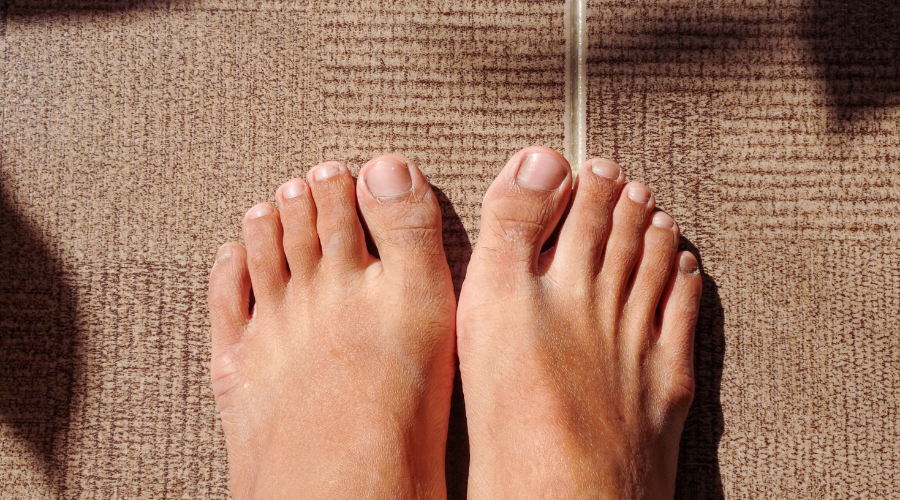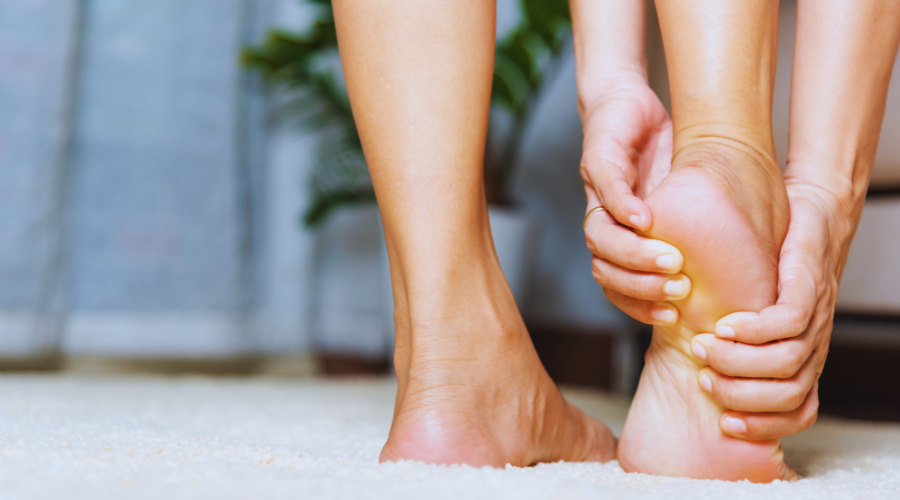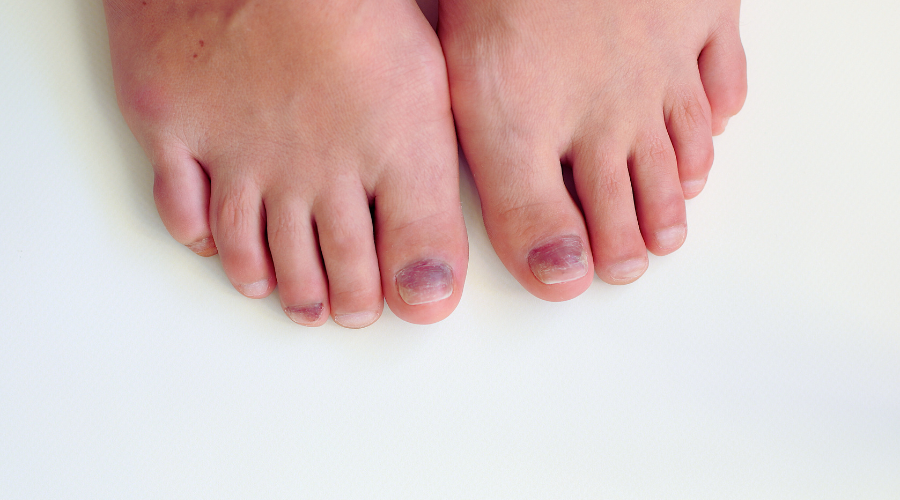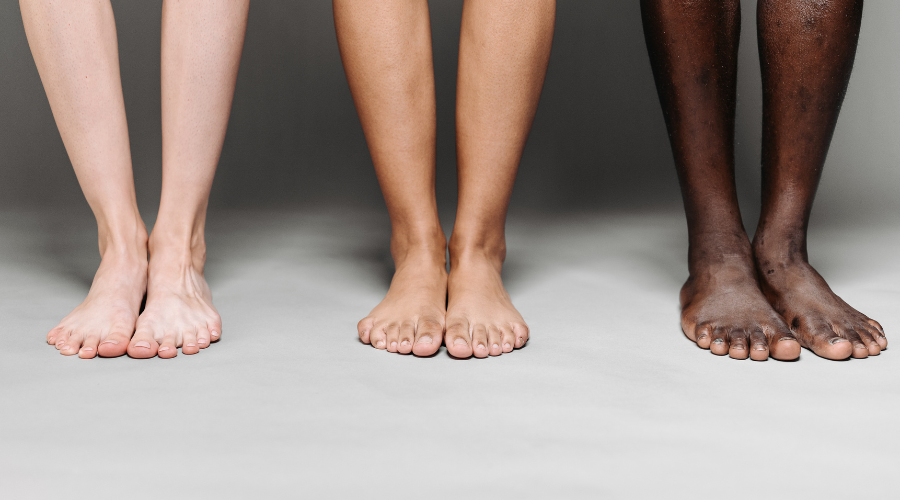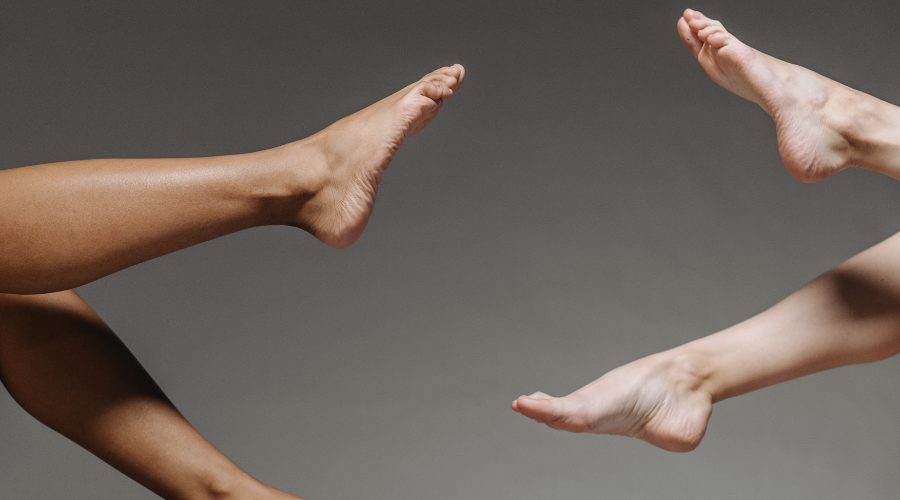Sever’s disease is something we come across at our Sydney foot clinic. But what is Sever’s disease exactly?
What Is Sever’s Disease?
Sever’s disease occurs when the growth plate of the heel is injured and becomes inflamed.
Where the bones in the calf grow faster than the Achilles tendon, the tendon can become very tight. The heel is then more prone to injury and swelling, especially if the person is undertaking a lot of physical activity.
Who Is Affected By Sever’s Disease?
Sever’s disease mainly presents in children who are quite physically active and still growing. Most often it affects children between the ages of 8-15.
Peak incidences in children occur for girls between the ages of 8 and 10, and for boys between the ages of 10 and 12.
It usually coincides with puberty, when the child is in a rapid growth phase of their lives.
What Causes Sever’s Disease?
This often happens due to excessive physical activity or pressure on the foot and heel.
When children participate in a lot of sporting activities, they can be more prone to developing Sever’s disease. Running and jumping can have the biggest effect on the heel pain, due to the impact of each step taken.
Symptoms Of Sever’s Disease
Symptoms of Sever’s disease include:
- Heel pain
- Increased pain after physical activities
- Limping
Diagnosis Of Sever’s Disease
A qualified podiatrist will be able to easily diagnose Sever’s disease when a child is complaining of heel pain.
Most cases can be diagnosed after a physical examination of the patient, but in some instances, an X-ray may be required to discount other potential causes of the heel pain.
It might be worth seeing a paediatric podiatrist in Sydney if your child is experiencing heel pain.
Treatment Of Sever’s Disease
Depending on the severity of the condition and how long the patient has been experiencing the heel pain for, there are several options when it comes to the treatment of Sever’s disease.
These could include:
- Pain relief – such as ice packs or medication
- Activity management – reduced time spent on physical activities causing pain
- Personalised exercises
- Use of a heel raise
- Orthotics or custom orthotics
- Adjusting your running or jumping technique
- Footwear review
It’s important to remember that what works for one person won’t necessarily work for the next, so please do see your podiatrist to get individual treatment for your foot problems.
If your child is experiencing heel pain, make an appointment to see one of our qualified podiatrists in Sydney at The Foot Hub today,



